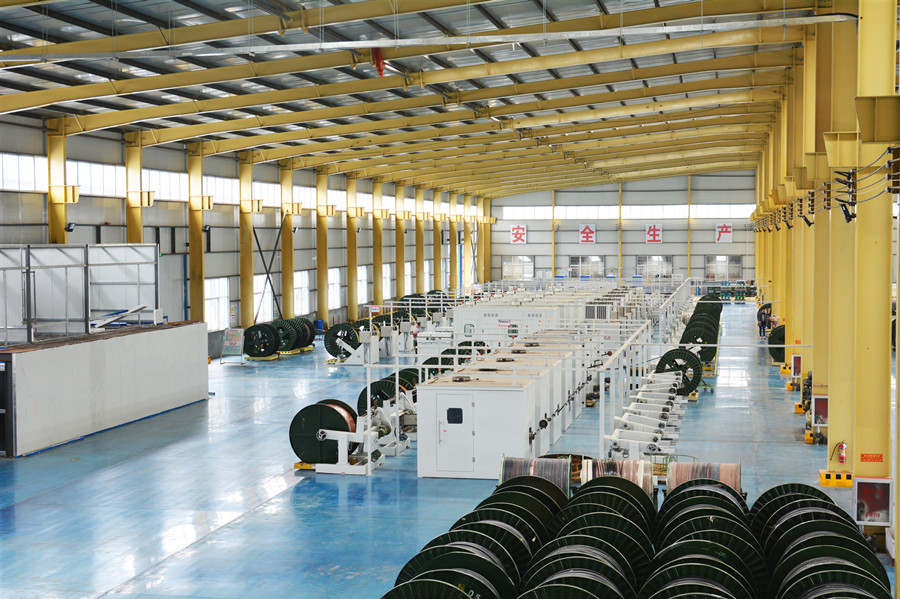335345435
Nov . 30, 2024 23:02 Back to list
High-Quality Hydraulic Hose Fittings Supplier for DIN Standards and Applications
Understanding DIN Hydraulic Hose Fittings A Comprehensive Guide for Suppliers
In the world of hydraulic systems, the importance of reliable, high-quality components cannot be overstated. One of the critical components in these systems is the hydraulic hose fitting. Among various standards available, DIN (Deutsches Institut für Normung) hydraulic hose fittings are widely recognized and used across various industries. This article offers a thorough overview of DIN hydraulic hose fittings, focusing on the role they play for suppliers and end-users alike.
What Are DIN Hydraulic Hose Fittings?
DIN hydraulic hose fittings conform to specific standards established by the German Institute for Standardization. These fittings serve as the connection points between hydraulic hoses and other components within a hydraulic system, such as pumps, valves, and cylinders. The precision design and robust construction of DIN fittings ensure they can withstand high pressure, extreme temperatures, and harsh conditions, making them ideal for diverse applications in industries like construction, agriculture, and manufacturing.
Key Features of DIN Hydraulic Hose Fittings
1. Standardization DIN fittings are standardized, which means they can be consistently manufactured, making them interchangeable with fittings produced by different manufacturers. This standardization simplifies the procurement process and enhances compatibility across various hydraulic systems.
2. Variety DIN fittings come in a wide range of configurations including straight, elbow, tee, and other specialized forms. Suppliers can offer a comprehensive inventory to meet diverse customer needs, ensuring that they can provide the right fitting for any application.
3. Material Options These fittings can be made from a variety of materials, including steel, stainless steel, brass, and plastic. The choice of material often depends on the specific application, including factors such as environmental conditions, pressure requirements, and corrosion resistance.
4. Pressure Ratings DIN hydraulic hose fittings are rated for various pressure levels, ensuring that they can safely handle the demands of different hydraulic systems. Suppliers must understand the pressure ratings of their offerings to confidently match them with customer specifications.
Benefits of Working with DIN Hydraulic Hose Fittings
For suppliers, offering DIN hydraulic hose fittings presents several advantages
din hydraulic hose fittings supplier

1. Reliable Quality The standardization associated with DIN fittings translates into reliable quality. Customers can trust that what they receive meets precise specifications, leading to reduced downtime and fewer issues in the field.
2. Global Acceptance DIN standards are recognized internationally, which allows suppliers to cater to global markets. This acceptance opens opportunities for exporting products and reaching a wider audience.
3. Simplified Combinations Because DIN fittings can work with a wide range of hoses and fittings, suppliers can simplify inventory management by carrying fewer unique parts while still meeting diverse customer needs.
Challenges for Suppliers
While there are many advantages, suppliers must also contend with some challenges
1. Market Competition The hydraulic component industry is competitive, with numerous suppliers offering similar products. To stand out, suppliers must emphasize the quality of their products, customer service, and technical expertise.
2. Continuous Learning Hydraulic technology is continually evolving. Suppliers must stay updated on industry trends, technological advancements, and new regulations to ensure they offer the best products and services.
3. Stock Management Maintaining an adequate inventory of various DIN fittings can be resource-intensive. Suppliers need effective stock management strategies to balance customer demand with the cost of holding inventory.
Conclusion
In conclusion, DIN hydraulic hose fittings are indispensable components of hydraulic systems across various industries. For suppliers, the ability to offer a wide range of high-quality, standardized fittings can position them competitively in the marketplace. By focusing on customer needs and staying informed about industry trends, suppliers can thrive in this essential segment of the hydraulic industry. Whether for heavy machinery, automotive applications, or industrial systems, DIN fittings are an efficient choice that promises reliable performance and long-term durability.
-
SAE 100 R17 Black Smooth Cover Hydraulic Hose
NewsMar.07,2025
-
SAE 100 R17 Black Smooth Cover Hydraulic Hose
NewsMar.07,2025
-
SAE 100 R17 Black Smooth Cover Hydraulic Hose
NewsMar.07,2025
-
SAE 100 R17 Black Smooth Cover Hydraulic Hose
NewsMar.07,2025
-
SAE 100 R17 Black Smooth Cover Hydraulic Hose
NewsMar.07,2025
-
steel wire braided hydraulic hose
NewsMar.07,2025



